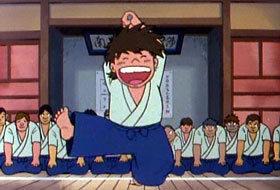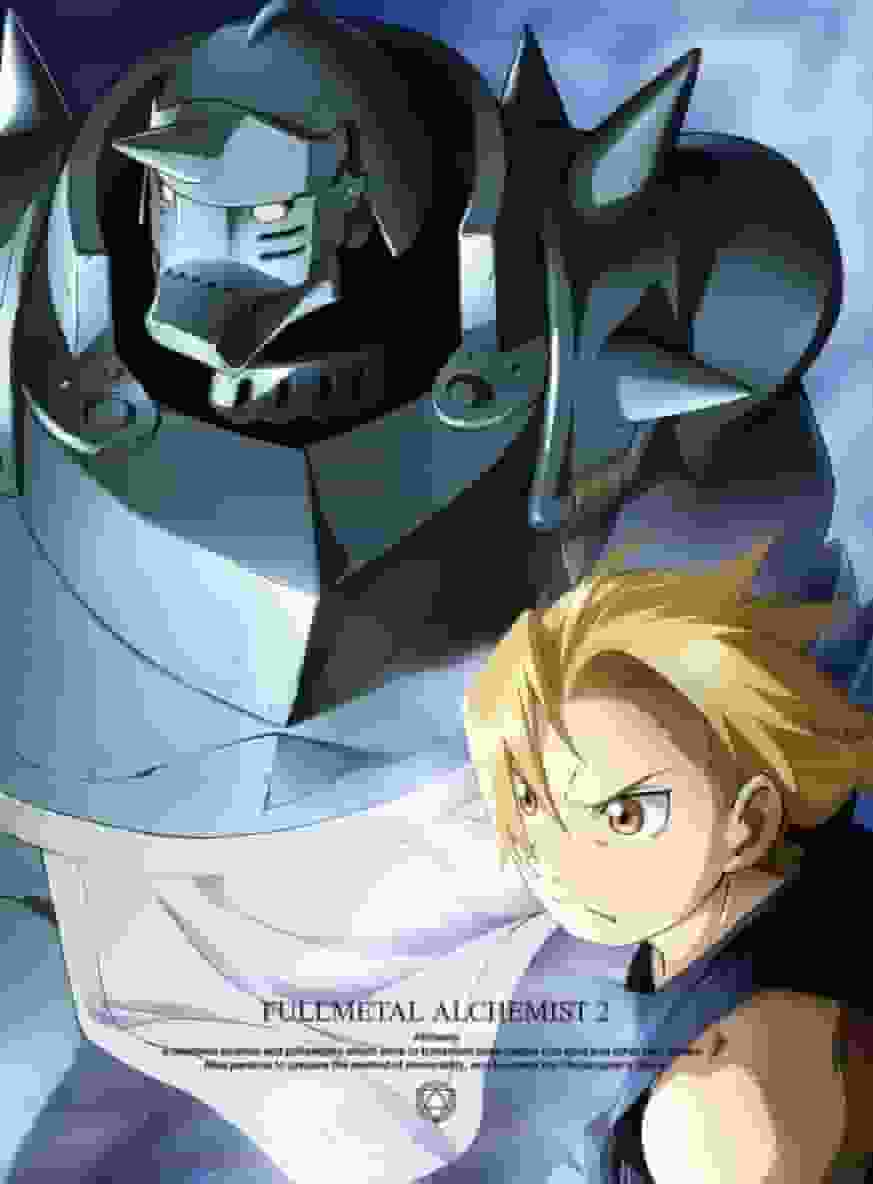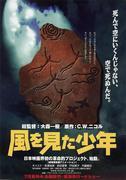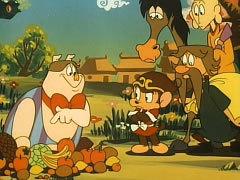"I Am Tetsubei" review: What is Tetsubei's story and what is its appeal?

"I am Tetsuhei": A story of growth from a wild child to a kendo boyThe TV anime series "Ore wa Tetsubei" aired from 1977 to 1978 and is based on the manga of the same name by Chiba Tetsuya. This anime tells the story of the protagonist, Uesugi Tetsubei, who grows from a wild child into a kendo boy. Below, we will take a closer look at the appeal of this work, the production background, cast and staff, and recommended points for viewers. storyUesugi Tetsuhei is a 14-year-old boy. He lives with his father, who wanders the mountains in search of buried treasure. He has no academic ability or common sense, and is the epitome of barbarism. However, one day he encounters kendo, and using his athletic ability and leadership skills, he begins to pursue the path of kendo. Tetsuhei gradually grows up in this unrestrained life, and transforms into a strong, strong kendo boy. Commentary"Ore wa Tetsubei" is based on a school kendo manga serialized in "Weekly Shonen Magazine" by Chiba Tetsuya from the mid-1970s. Shin-Ei Animation was in charge of the actual production of the anime, which may seem surprising now. In addition, famous staff such as Nagahama Tadao and Kondo Yoshifumi participated in the direction, showing the luxury of the production team at the time. castThe main cast is as follows:
Many of the voice actors were popular at the time, which added to the appeal of the work. Main StaffThe production staff is as follows:
These staff members are highly regarded in their respective fields, and it was through their hands that "I Am Tetsubei" was completed. subtitleThe subtitles for all 28 episodes are as follows:
Theme songs and musicThe opening and ending themes are as follows:
Appeal and recommendation points of the work"I Am Tetsubei" depicts the importance of growth, friendship, and hard work through the story of the protagonist who grows from a wild child into a kendo boy. Tetsubei's character is fascinating and inspiring as he gradually matures from his initial savagery. Also, the brilliance of youth and the bonds with friends depicted through the sport of kendo are not to be missed. Furthermore, the work features the participation of many famous staff and voice actors from that time, and the quality of the production is evident. In particular, the direction of Tadao Nagahama and Yoshifumi Kondo gives the work depth and power. Chumei Watanabe's music also enhances the atmosphere of the work and has the power to draw the viewer in. Here are some recommendations for viewers:
As mentioned above, "I Am Tetsubei" is a moving story of growth, the charm of kendo, and a work that conveys the high quality of the production by a luxurious staff and cast. Please watch it once and experience its charm. |
<<: Arrow Emblem Grand Prix Hawk - A thorough review of the thrilling races and moving story
>>: The appeal and reviews of "Ippatsu Kanta-kun": A must-see anime experience
Recommend
Beloved Everyman Peter Confirmed to Return in Deadpool 3
According to DEADLINE, actor Rob Delaney, who pla...
Trailer for "Hot Blood Street Movie: The Sequel to the Evil King" released, to be released in Japan on September 9
The new movie version of "Derby" "...
A thorough review of Kill Me Baby's new anime DVD!
Kill Me Baby New Anime DVD Review and Details &qu...
The poster of "Minions 2: The Rise of Gru" will be released in North America on July 1
Today (April 30), the animated film "Minions...
Yokohama Kaidashi Kikou -Quiet Country Cafe-: The charm and reviews of the cafe: Relaxation and excitement in the silence
Yokohama Shopping Trip -Quiet Country Cafe-: Its ...
The special episode of "Friends" may officially start filming in Los Angeles next week, with the six main actors returning
According to a new report from foreign media Dead...
New trailer for the TV animation of the classic game "Legend of the Holy Sword" will be broadcast in 2022
The TV animation "Legend of Mana: The Teardr...
The appeal and evaluation of "Sen-Shoujo Ixelion": A deep look into the battle scenes and characters
War Girl Ixelion: The appeal of the OVA and its e...
"Nezha: The Devil Boy Conquers the Dragon King" has a box office of over 8.3 billion and has entered the top 30 of the global box office history list
According to data from Lighthouse Professional Ed...
The appeal and evaluation of the first chapter of the movie "Hakuoki": Kyoto Ranbu
Hakuouki the Movie Chapter 1: Kyoto Ranbu overvie...
"WandaVision" releases new stills: the classic pose of the sweet duo
According to relevant reports from tvline, new st...
The appeal and reviews of D-Frag!: The perfect balance of comedy and action
D-Frag! - D-Frag - Reviews and Recommendations Ov...
The appeal and reviews of "Dragon Half": A perfect blend of fantasy and comedy
"Dragon Half": A mix of comedy and fant...
The appeal and reputation of Rolling☆Girls: A new perspective seen from the mob trailer
Rolling☆Girls Mob Preview - The fascinating world...
Appeal and Review of "The Hunter and the Foal": A moving story and deep characters
The Hunter and the Foal - Ryoushito Kouma "T...









